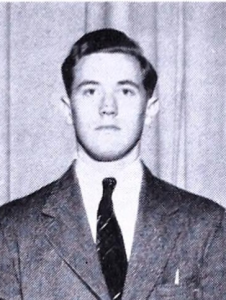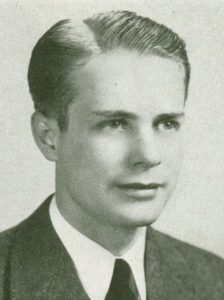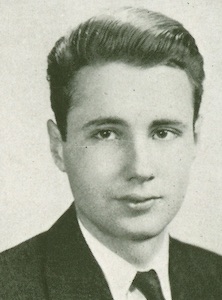The Muhlenberg Memories Project
Men on the Move: Transportation
Robert G. Hale ‘45, wrote, “A PCE (R), no doubt you are wondering, is a rescue ship, small but we like to think darn important. We have been very busy of late picking up survivors, giving aid to the wounded marine casualties, etc. It’s gratifying work in that it’s more on the constructive side altho in the process of being constructive self-defense makes us destructive” (7 May 1945).

Ensign James Hemstreet ’45, stationed in North Africa, wrote, “I got my orders for an L.C.T. [landing craft tank]. Only two officers are in charge of this type of craft. Both of them are ensigns” (12 May 1944).

In their travels in unfamiliar countries, active duty men encountered modes of transportation they only imagined in moving pictures, as Warren Himmelberger ‘43, explained. His ship anchored outside city limits, Himmelberger spent free time in Shanghai. He wrote about cosmopolitan restaurants and beautiful silk goods in department stores and how they traveled within the city limits. “Transportation in Shanghai is done through trolleys and rickshas. The trolley costs about $500 CRB, or a few cents. We don’t know the trolley routes, so we just take a ricksha, which costs about $500 a minute. There are also petty cabs [pedicabs] which are bicycles with a seat for two behind the peddler. The price for them is about the same as for a rickshaw” (26 September 1945).


